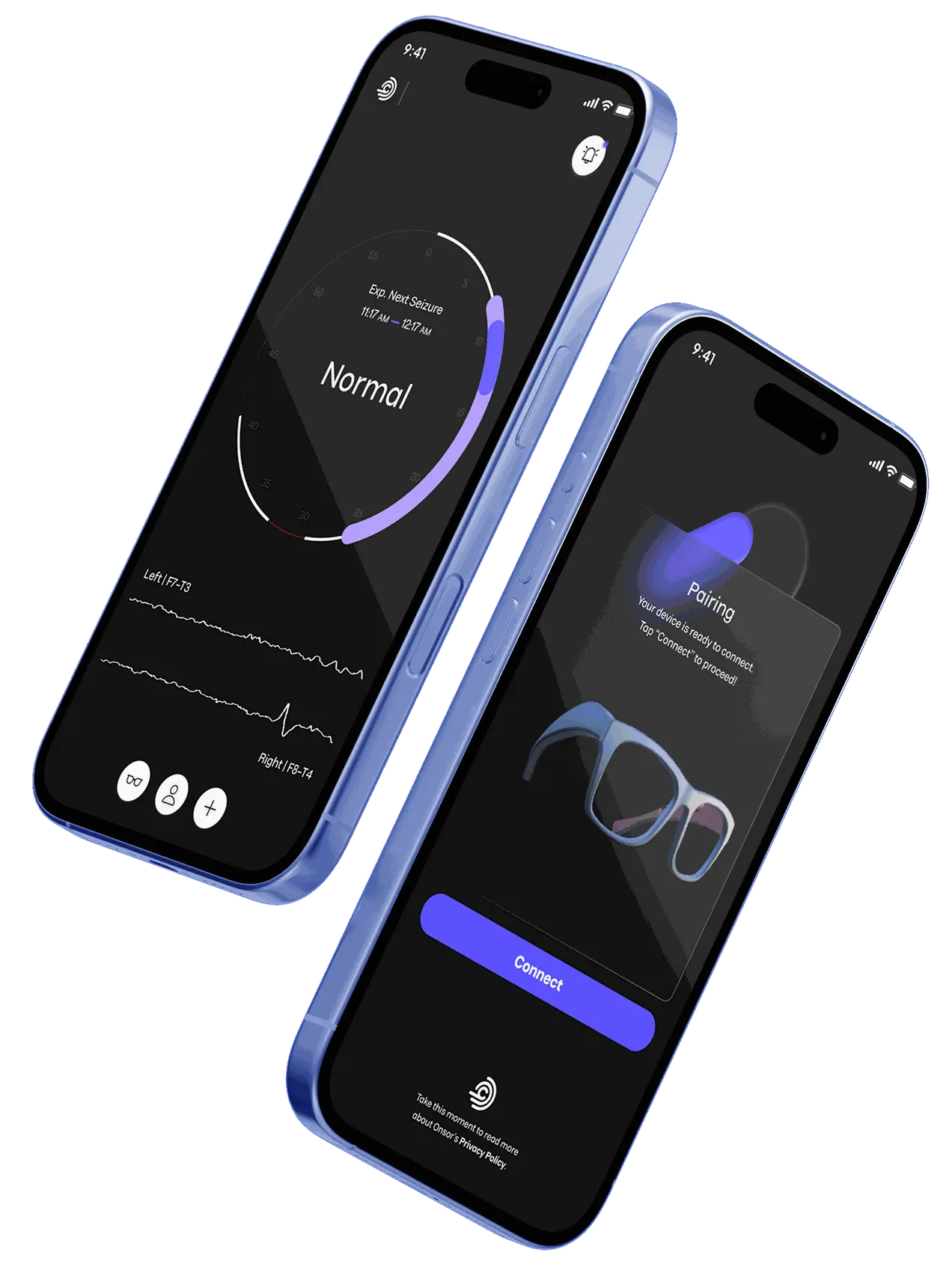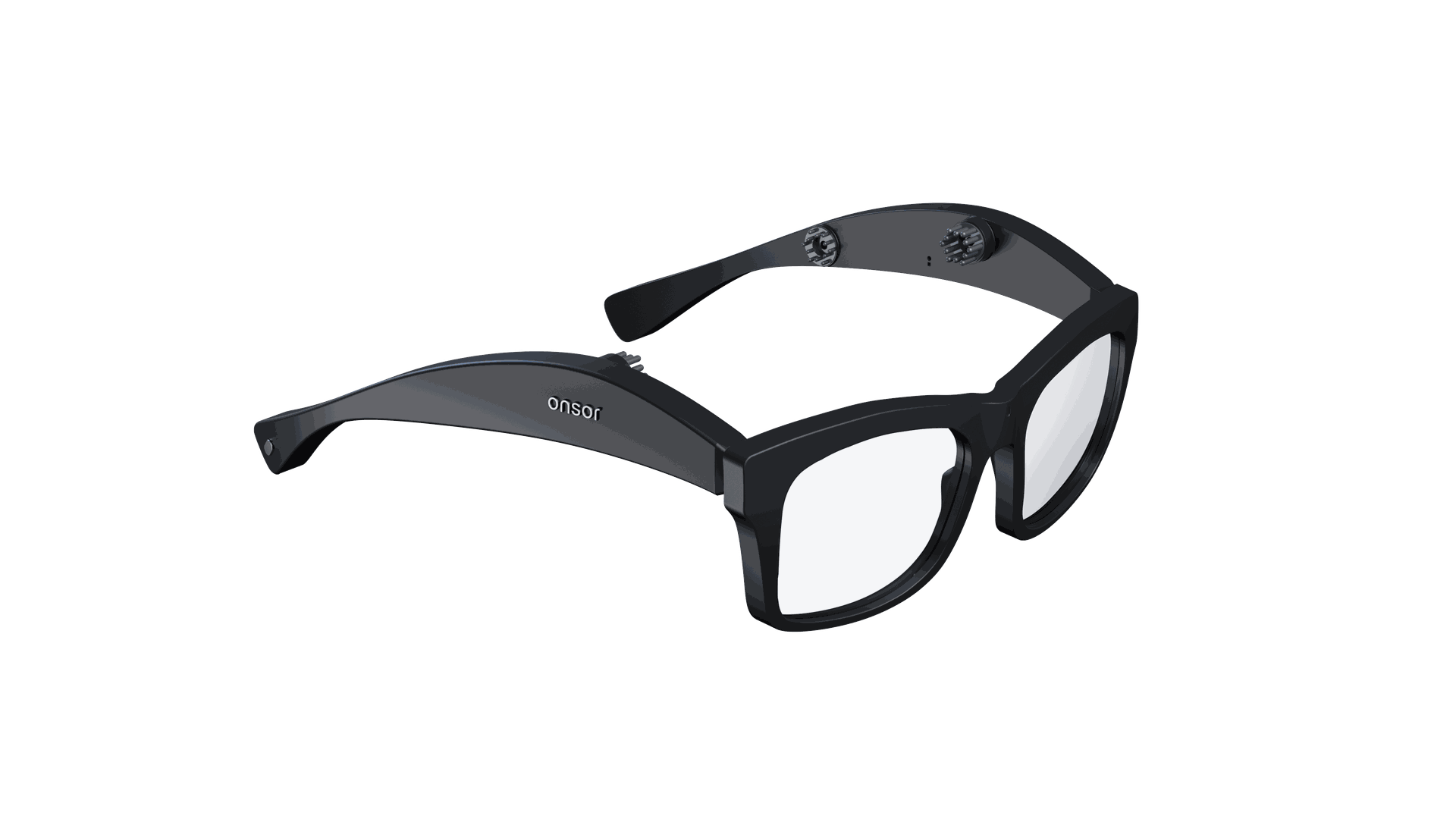NEXA
NEXA
NEXA
NEXA
Innovation for Humanity
Preparing for a Reassuring Tomorrow
Invisible Challenges, Critical Details
For over million people living with epilepsy, life is unpredictable, but what if it didn’t have to be?
Epilepsy Patients in Numbers
in Oman
in GCC
in the World
cannot be controlled by drugs
NEXT GEN
Artificial Intelligence
Our Partners



NEXA Solution
NEXA Glasses
Sensors Chosen with Precision
Dry electrodes are used in techniques like EEG (electroencephalography) or EMG (electromyography), and they do not require gel or conductive paste to improve contact with the skin, making them more convenient and comfortable in medical applications.
The Mind, The Manager
The main PCB contains a control chip built with neuromorphic computing modeling technology, which mimics the way the brain processes neural signals. This enables it to predict potential seizures by continuously monitoring brain activity and studying its sudden changes.
NEXA App


Real-time seizure status

Seizures prediction feature
Alerting mobile app designed to support individuals with epilepsy. The app's main page provides several features to empower users with proactive health management:

Glass wearing guidance

Care-giving feature
Progress Path & Future Outlook
Phase 1.0
Research collaboration with Sultan Qaboos University (SQU) and Intel Neuromorphic Research Community (INRC).
Phase 2.0
Identification of potential applications for the technology and the discovery of "epilepsy prediction" as a primary application, marking the official start of the project.
Phase 3.5
Preparation of documentation for patent application.
Phase 3.0
Preliminary results from the research emerge.
Phase 4.5
Establishment of strategic partnerships.
Submission of the patent application and initiation of the patent examination process.
Phase 4.0
Development of the initial product and creation of an integrated solution.
Phase 5.5
Commencement of clinical trials.
Development of a supportive chip for neural computing technology.
Ongoing improvements and development.
Phase 5.0
Approval of the patent.
Publication of the scientific paper.
Phase 7.0
Final product launch.

Drop Us a Line!
NEXA, preparing you for a reassuring tomorrow.




